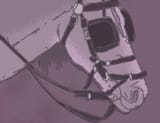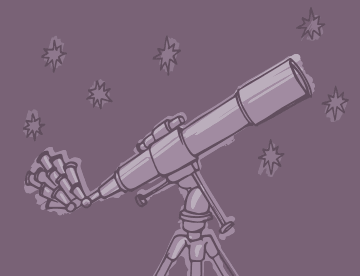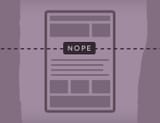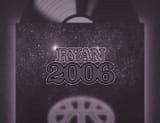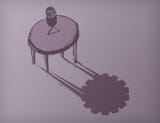
Cognition Roundtable
We’re bringing you this special edition of Cognition Roundtable, where Assistant PM Mica McPheeters speaks with our VP of Design Chris Cashdollar about the client’s role in design projects. Spend the next half hour with Chris, as he pulls inspiration from his upcoming presentation at HOW Interactive Design Conference in Washington, DC—“Reevaluating the Role of Your Client in the Design Process.” Specifically, he’ll cover:
